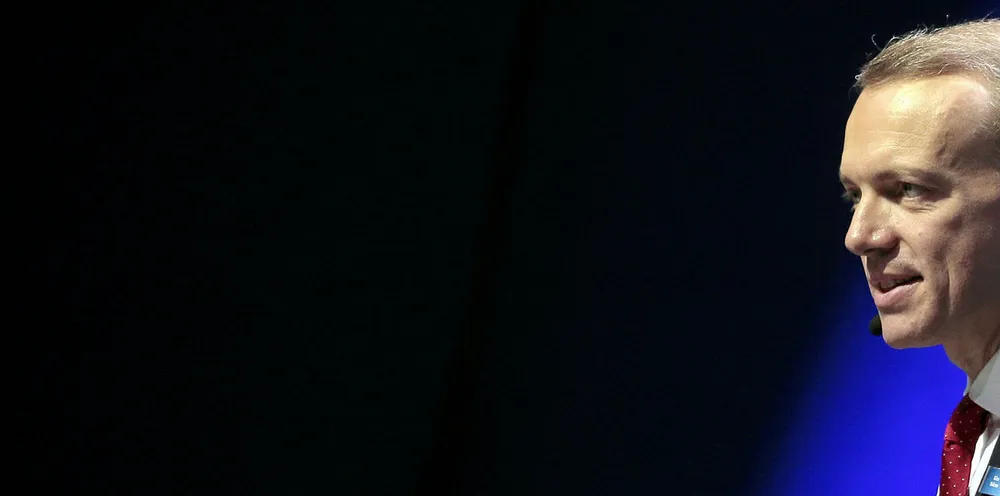'Offshore wind is setting a course to be Europe's number one source of electricity'
The EU should be applauded for its ambition to build 300GW of wind at sea by 2050 – and its spotlighting of the capital spending on grids, ports and the supply chain needed to achieve it, writes Giles Dickson
